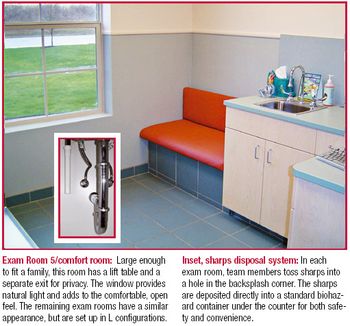
Pet Medical Center of San Antonio doesn't abide by many design rules, which suits this practice crew perfectly. A creative approach helped this doctor create a comfortable, convenient hospital for clients, patients, and staff members.

Pet Medical Center of San Antonio doesn't abide by many design rules, which suits this practice crew perfectly. A creative approach helped this doctor create a comfortable, convenient hospital for clients, patients, and staff members.
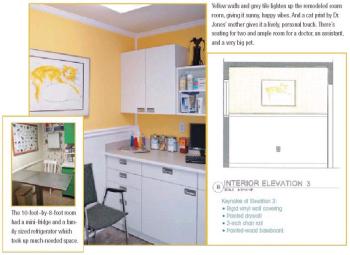
Our contest winner transformed an exam room. And you can do it, too.

Progress is slow, but Dr. W. Mark Cousins expresses optimism.
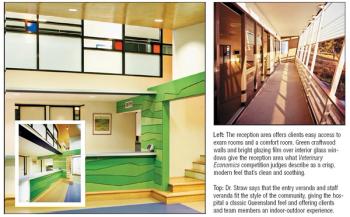
The key goals: A modern design that reflects the state-of-the-art specialty care the team provides. A good experience for visiting clients. And a facility that's comfortable for team members—and makes them proud.
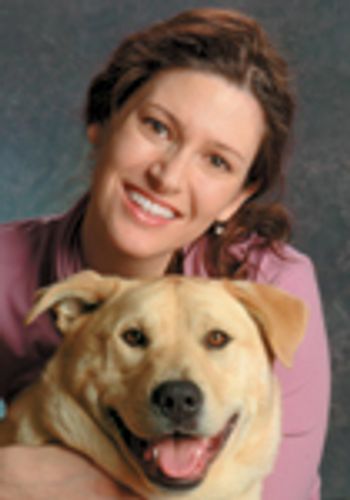
Veterinarians fought such incredible obstacles in the wake of the hurricane.
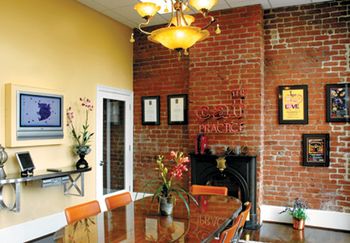
A devastating fire forced this doctor to rebuild his historic New Orleans practice. He took the opportunity to make a bold statement about his team's special focus on feline care.
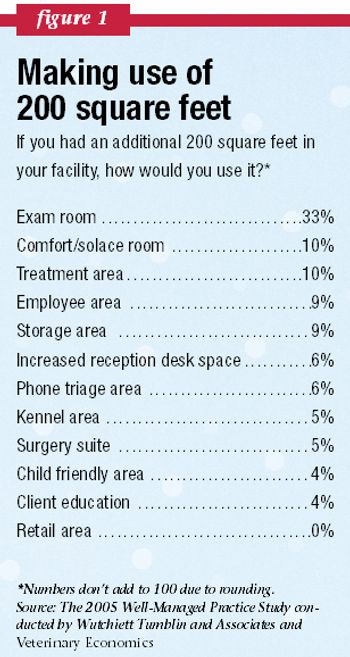
Are you making the most of your practice space? Find out by breaking down your earnings by square foot and comparing your numbers with these averages for each profit center.
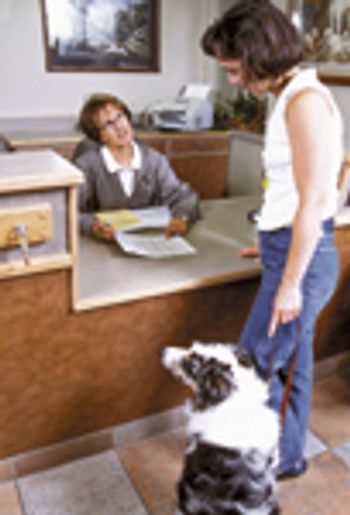
Combining three pieces of land let the owners of Animal Clinic East achieve three design goals: to increase the number of exam rooms, develop a facility they could show off to clients, and build in comfortable workspaces for team members.

First decide which areas of your practice offer the greatest opportunities—then look at ways to make the changes you want without breaking the bank.

Thoughtfully planned plumbing systems help prevent messes and aggravation down the road. Follow these guidelines for clog- and hassle-free practice plumbing.

Whether you're building a new practice or remodeling an old one, being environmentally friendly may save you money.

Don't waste your energy trying to squeeze a 15,000-square-foot hospital onto a 3,000-square-foot lot. Instead, exercise flexible thinking, creative planning, and strategic cost controls to build your dream.
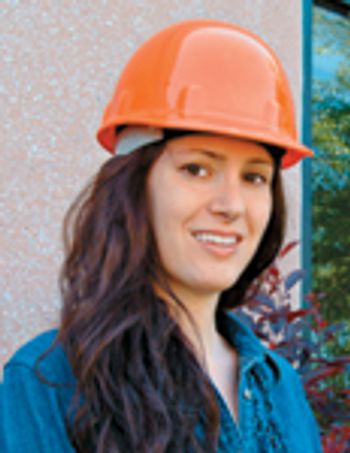
Use these resources to prepare for your building project.
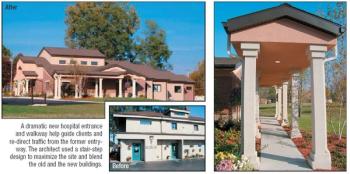
This doctor spent nearly 15 years planning his addition and renovation. Along the way, he learned to expect pitfalls, use long-lasting materials, and dream big.
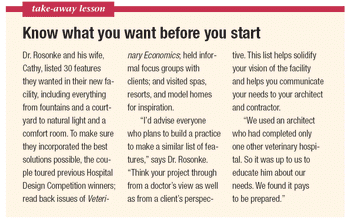
The careful design of this 3,010-square-foot hospital and the luxurious finishings belie the small footprint and reasonable price tag.

Lack of respect for the facility can signal deficits in pride and care that hurt more than just the building if left unchecked.
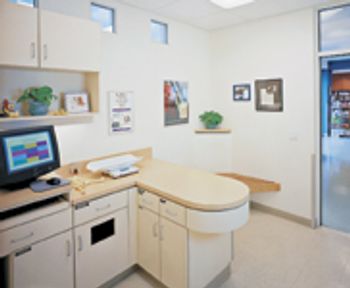
Clearly separating practice functions set the tone for VCA Arroyo Animal Hospital--and created a unique design feature. Then the design team added a superbly crafted 7,850 square-foot floor plan and thoughtfully chosen materials, securing the 2005 Veterinary Economics Hospital of the Year award.
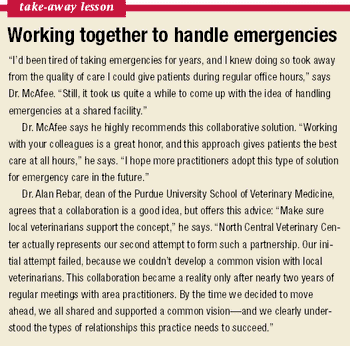
North Central Veterinary Center, a collaboration between a university veterinary school and private practitioners, proves there's strength in numbers--and frees local veterinarians from late-night emergencies
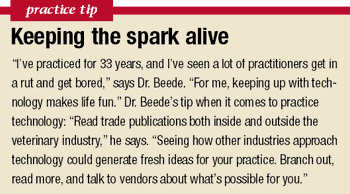
Dividing medical and ancillary services into two separate-but-connected buildings allows the team at Intermountain Pet Hospital and Pet Lodge to focus on the tasks at hand and project a more professional image.

My team finally convinced me that it's time to repaint. I like white, but am I just boring?

Gates Hafen Cochrane Architects of Boulder, Colo., supplied this brief listing of common finish materials used in veterinary care facilities, along with some "helpful hints." For more information, contact Gates Hafen Cochrane Architects at (800) 332-4413.

Chapel Associates Architects Inc. of Little Rock, Ark., supplied this checklist of suggested materials for planning a veterinary hospital. For more information, contact Chapel Associates Architects Inc. at (501) 225-5900.

Materials guide for veterinarians

Chapel Associates Architects Inc. of Little Rock, Ark., supplied this list of material and finish manufacturers and suppliers. For more information, call Chapel Associates Architects Inc. at (800) 225-5900.
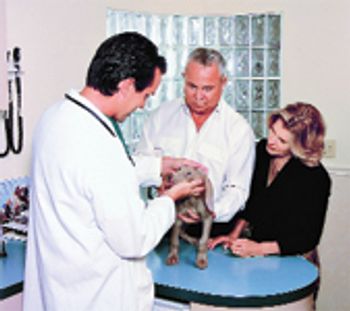
After 34 years in an outdated building, this doctor decided to match the facility to the level of medicine he practiced. The result: Business doubled.
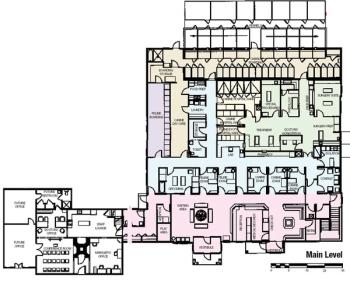
Combining history with innovation is a hallmark of New England. And Gardner Animal Care Center pays homage to that tradition by building its modern, high-tech veterinary hospital adjacent to a 233-year-old restored Massachusetts farmhouse.

My treatment area is on the small side, and I wish I could give myself more space to work. Is there a better way to arrange my equipment and supplies so I'm not tripping over everything?
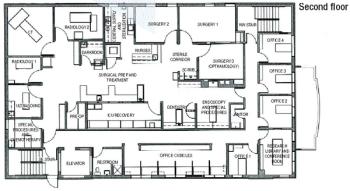
The doctors spent years gathering recommendations from staff members and clients and noting desirable details in other veterinary and human hospitals. Yet the key reason for building a new facility was simply the need for more space, says Dr. Thomas Lassiter, hospital director and co-owner of Arboretum View Animal Hospital in Downers Grove, Ill.
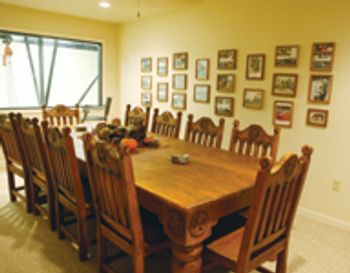
The owners say they'd be happy to live in their new equine practice. Here's how they achieved this level of comfort.
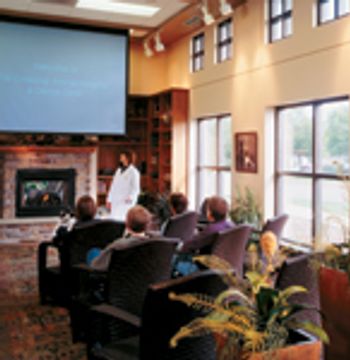
Baby steps won't get you the facility of your dreams, these doctors say. Take the plunge, anticipate your future needs, and center the entire plan on your practice mission.